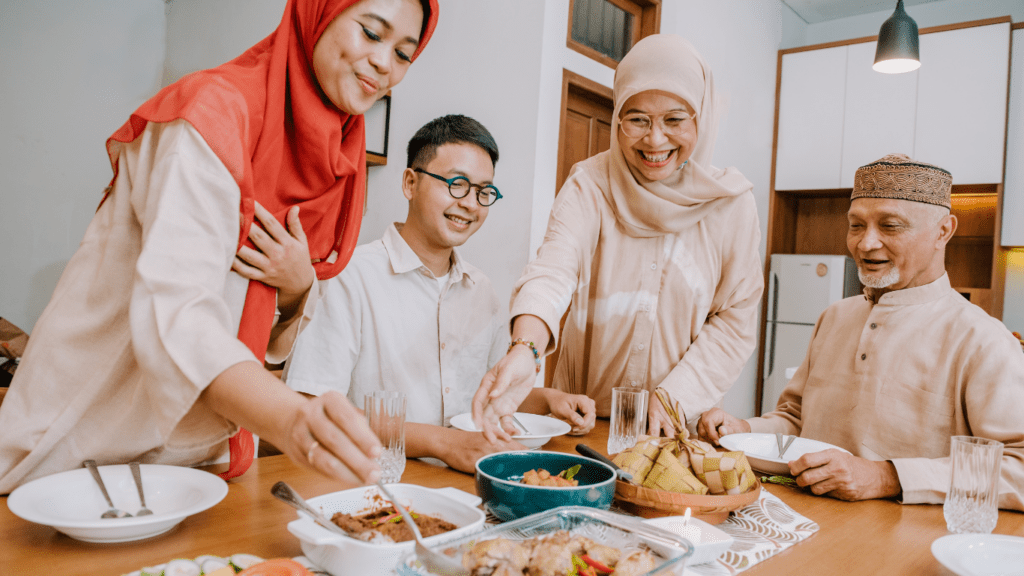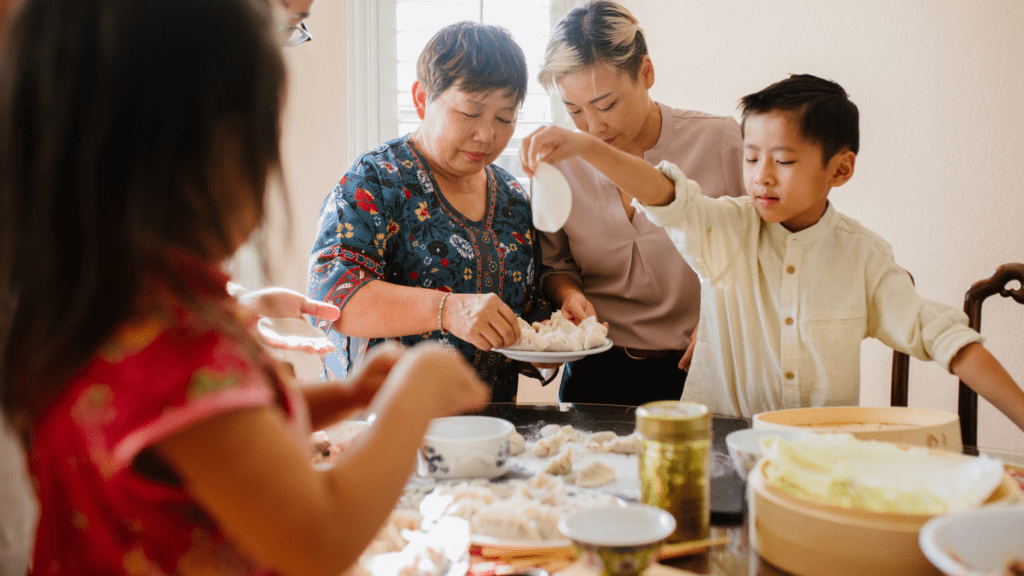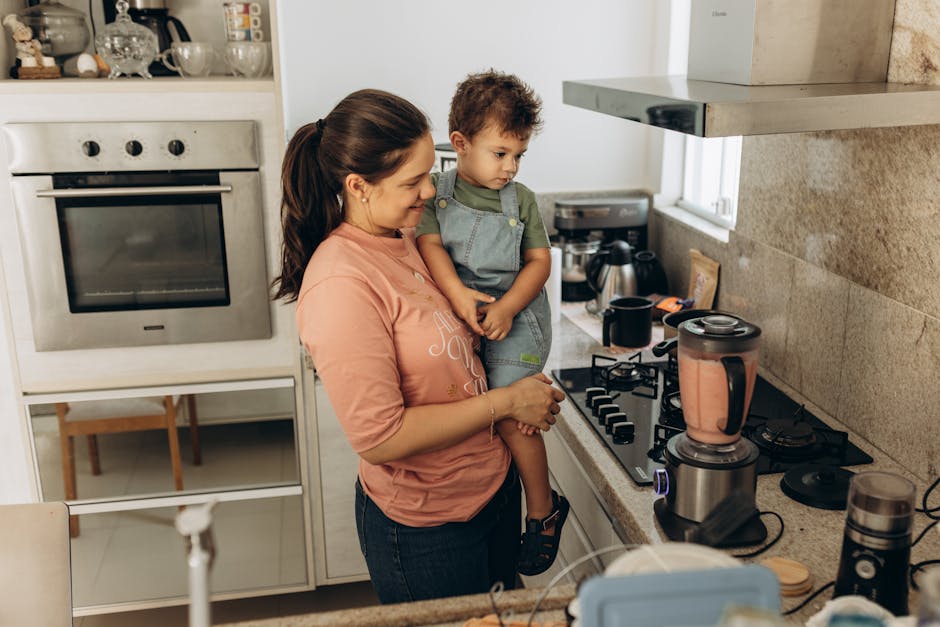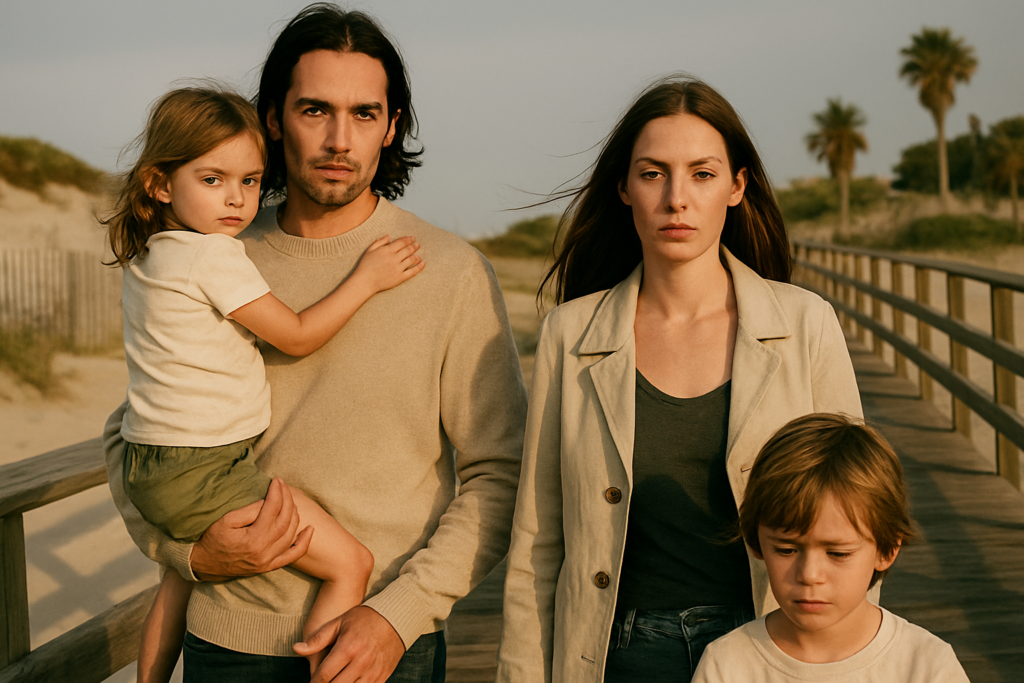Navigating the holiday season in blended families can be both exciting and challenging. As a parent in a blended family myself, I’ve discovered new trends emerging in how we create inclusive traditions that honor everyone’s backgrounds and beliefs.
It’s a time for embracing diversity and fostering unity, where old customs blend harmoniously with fresh ideas to form unique celebrations. In this article, I’ll delve into the evolving landscape of holiday traditions in blended families, exploring innovative ways to blend different cultural practices, religions, and family rituals.
From incorporating new holiday recipes to blending decorating styles, there’s a wealth of creative approaches to make everyone feel valued and respected during this special time of year. Join me as we uncover the latest trends in creating inclusive and memorable holiday traditions for modern blended families.
Unique Challenges of Blended Families During the Holiday Season
Navigating the holiday season in blended families comes with its own set of unique challenges that require thoughtful consideration and proactive solutions. As someone who has experienced these challenges firsthand, I can attest to the complexities that can arise when blending traditions, beliefs, and family dynamics.
One of the most significant challenges faced by blended families during the holidays is managing different expectations and traditions from various family members. Balancing the desires and customs of different backgrounds can create tensions and conflicts if not addressed proactively.
It’s essential to communicate openly and establish clear expectations to ensure that everyone feels respected and included in the holiday festivities. Another common challenge is coordinating schedules and managing multiple family gatherings.
With different sets of relatives to consider, scheduling can become a logistical puzzle, requiring careful planning and compromise. Flexibility and understanding are key in navigating the busy holiday season while ensuring that everyone has the opportunity to participate in meaningful celebrations.
Furthermore, blending families often involves navigating complex relationships and dynamics, especially during the emotionally charged holiday season. Managing interactions between ex-partners, stepparents, stepsiblings, and extended family members requires empathy, patience, and a willingness to set aside differences for the sake of creating a harmonious environment during the holidays.
Addressing the unique challenges of blended families during the holiday season requires communication, flexibility, and sensitivity to diverse perspectives. By embracing these challenges as opportunities to learn and grow together, blended families can create inclusive traditions that honor their collective pasts while forging new memories for the future.
Emerging Trends in Inclusive Traditions
- Embrace Diverse Traditions: Include various cultural celebrations to enrich the holiday experience, allowing each family member to share and partake in their unique traditions.
-
Create a Unified Celebration: Combine rituals and cuisines from different backgrounds to foster inclusivity, ensuring everyone feels valued and connected during the holiday season.
This trend allows for the exploration and appreciation of different cultural backgrounds within the family unit.
Incorporating Multiple Cultural Celebrations
In modern blended families, incorporating multiple cultural celebrations has become a common practice to honor the diverse heritage of each family member. It involves embracing various traditions, such as observing different religious holidays, sharing traditional meals from different cultures, and partaking in customs from various ethnic backgrounds.
By incorporating these multiple celebrations, families can create a rich tapestry of experiences that reflect their unique identities. Flexible scheduling and celebrations are essential in accommodating the diverse dynamics of blended families during the holiday season.
It involves creating adaptable plans that consider the availability of extended family members, custody arrangements, and individual preferences. This trend emphasizes the importance of open communication, compromise, and understanding to ensure that all family members can participate in and enjoy the holiday festivities.
Flexible Scheduling and Celebrations
In navigating the complexities of blended family dynamics, flexible scheduling and celebrations play a crucial role in ensuring that everyone feels included and valued during the holidays. By creating a flexible schedule that allows for multiple gatherings and activities, families can accommodate different traditions and preferences without feeling overwhelmed or pressured.
This approach fosters a sense of harmony and inclusivity, making the holiday season a joyful and memorable experience for all family members.
Importance of Communication and Compromise
Engaging in effective communication and embracing compromise are pivotal aspects in navigating the holiday season within blended families. Honoring the diverse backgrounds and beliefs within the family requires open and honest discussions.
By communicating openly, family members can share their expectations, concerns, and desires for the holiday season. It’s essential to actively listen to each other and consider everyone’s input when crafting inclusive traditions.
Compromise plays a vital role in blending different family practices and customs. Recognizing that each individual brings unique traditions to the family dynamic, finding common ground through compromise fosters unity and respect.
It’s important to be flexible and willing to adapt traditions to accommodate everyone’s needs. Through compromise, blended families can create a cohesive holiday experience that integrates various cultural celebrations and rituals.
By prioritizing communication and embracing compromise, blended families can overcome challenges and create inclusive traditions that reflect the diversity within the family unit. This approach fosters a sense of belonging and togetherness, making the holiday season a joyous and meaningful time for all family members.
Strategies to Foster Inclusivity in Blended Family Holiday Traditions
In fostering inclusivity in holiday traditions within blended families, communication plays a vital role. It’s essential to openly discuss expectations and concerns, creating a space for active listening and understanding.
By sharing our thoughts and feelings, we can work towards integrating diverse practices and beliefs to form new shared traditions that honor everyone’s backgrounds. Flexibility is key in accommodating the varied dynamics of blended families during the holiday season.
Being adaptable in scheduling events allows all family members to participate in festivities without feeling excluded. By creating flexible plans that consider everyone’s availability, we can ensure that each individual feels valued and included in the celebrations.
Another strategy to promote inclusivity in blended family holiday traditions is through compromise. Finding common ground and making adjustments to traditions to meet the needs of all family members is crucial.
By prioritizing compromise, we can merge different customs and rituals to create a harmonious atmosphere where everyone feels a sense of belonging. Embracing diversity in holiday celebrations is a powerful way to foster inclusivity in blended families.
By integrating elements from various cultural celebrations, we can enrich our traditions and create a multicultural environment that respects and appreciates different backgrounds. This inclusive approach not only strengthens family bonds but also promotes unity and understanding among family members.
Overall, fostering inclusivity in blended family holiday traditions requires open communication, flexibility in planning, a willingness to compromise, and a celebration of diversity. By incorporating these strategies into our holiday festivities, we can create a welcoming and inclusive environment where everyone feels recognized, valued, and connected during the holiday season.




